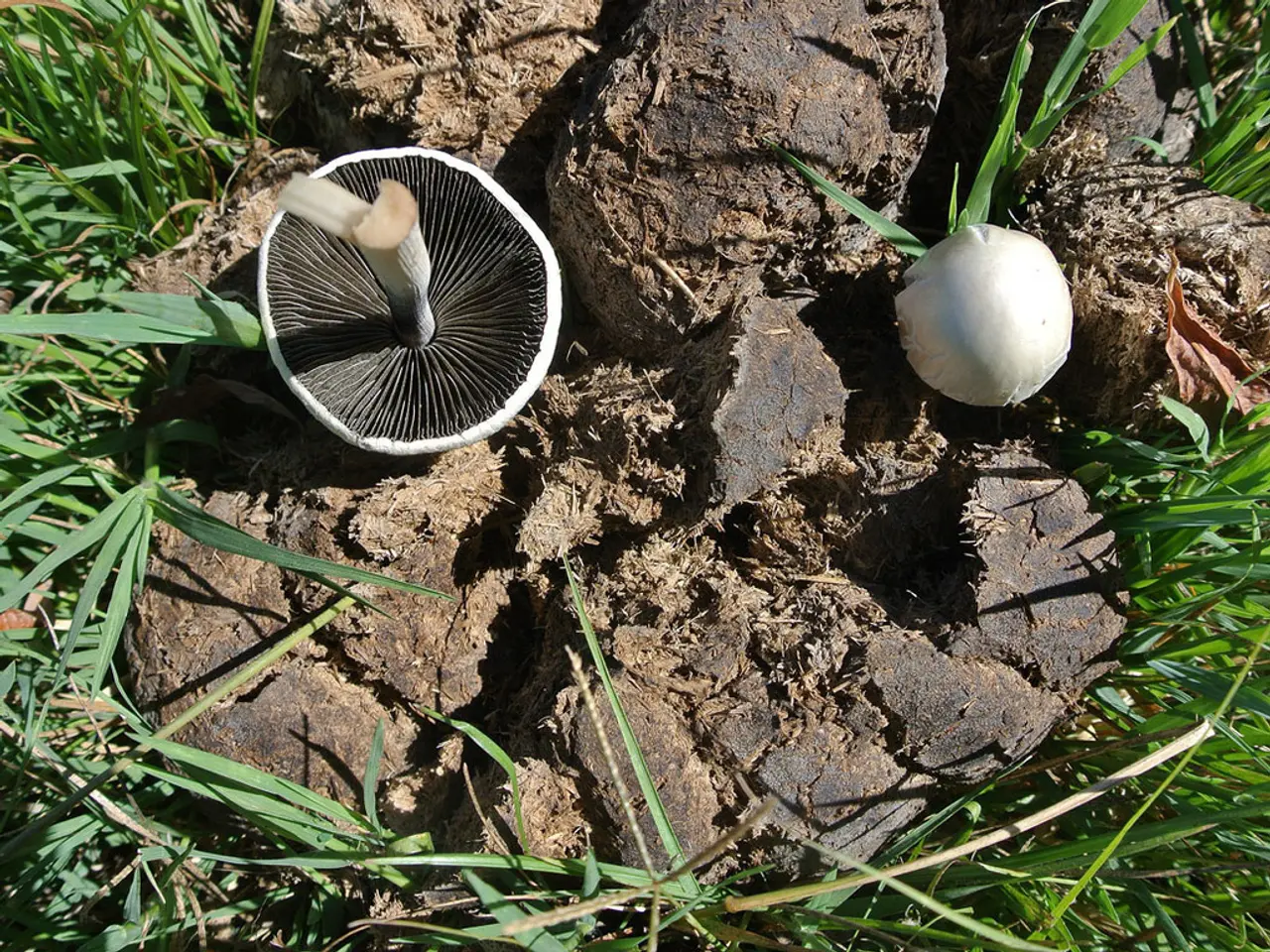When the Compost Breaks Down: Forgotten Remedies for Exhausted Soil
Modern farming practices have led to a decline in the presence of mycorrhizal fungi in soil, due to plowing, bare earth, and the use of chemicals. This has resulted in a decrease in soil fertility and the ability of plants to access essential nutrients. However, there is a solution. By using natural soil restorers like biochar, kelp meal, basalt dust, and mycorrhizal inoculants, we can revitalize dead or dying soil and promote healthy plant growth.
The Role of Natural Soil Restorers
Biochar
Biochar is a carbon-rich, porous material made by pyrolyzing organic matter. It enhances water retention, provides habitat for beneficial microbes and fungi, improves nutrient cycling by reducing leaching, and sequesters carbon long-term. Mixing biochar into the soil boosts microbial populations and moisture, helping plants withstand drought and heat stress.
Kelp Meal
Kelp meal is a natural source of trace minerals, growth hormones, and micronutrients that stimulate plant growth and soil microbial activity. It acts as a slow-release organic fertilizer and can improve soil fertility and resilience when incorporated or top-dressed.
Basalt Dust
Basalt dust is finely ground volcanic rock rich in minerals like calcium, magnesium, and trace elements essential for soil fertility. It gradually releases nutrients, improves soil mineral balance, and supports microbial life.
Mycorrhizal Inoculants
Mycorrhizal inoculants contain beneficial fungi that form symbiotic relationships with plant roots, expanding root surface area for better nutrient and water uptake. They help rebuild soil life, improve soil structure through fungal “glues,” and protect roots from pathogens.
Complementary Natural Strategies
Incorporate organic matter regularly via compost or green manure (cover crops such as clover, vetch, or rye), which enrich soil with nitrogen, improve structure, and support microbial communities. Use mulching to conserve moisture and enhance microbial habitat. Employ crop rotation and avoid tilling to protect soil biology and maintain ecosystem balance.
A Practical Approach to Revitalization
- Loosen compacted soil gently to avoid damaging existing microbes.
- Apply biochar mixed with compost or organic matter to provide both habitat and food for microbes.
- Amend soil with kelp meal and basalt dust for mineral enrichment.
- Introduce mycorrhizal inoculants via soil drenching or dusting to rebuild fungal networks.
- Plant cover crops to protect soil and add organic matter.
- Maintain consistent organic inputs and avoid synthetic chemicals that disrupt soil life.
By following this integrated method, we can restore biological activity, improve nutrient cycling, and rebuild soil structure naturally, transforming dead or dying soil into fertile, living earth capable of sustaining healthy plants.
- Incorporating biochar into the soil can help improve soil structure, provide habitat for beneficial microbes and fungi, and aid in sequestering carbon long-term.
- Kelp meal acts as a source of trace minerals, growth hormones, and micronutrients that stimulate plant growth and soil microbial activity, making it an effective organic fertilizer.
- Applying mycorrhizal inoculants can help rebuild soil life, improve soil structure, and protect plants from pathogens by forming symbiotic relationships with plant roots.



